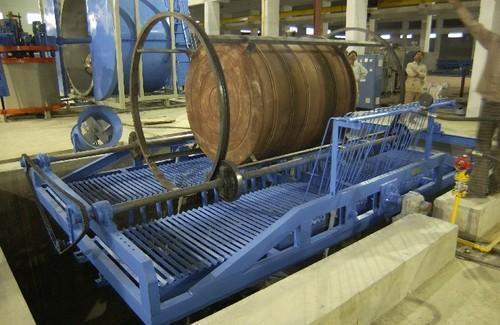Plastics rotomolding, after considered a niche market producing procedure, has evolved significantly through the years, thanks to breakthroughs in resources, modern technology, and process optimizing. Here’s a closer look at some of the latest improvements shaping the future of rotomolding:
Superior Materials:
The introduction of new thermoplastic resins and preservatives has expanded the plethora of components available for rotomolding. High-overall performance polymers with enhanced technical components, Ultra violet opposition, and fire retardancy are commonly used, opening up options for apps in challenging surroundings.
Automation and Robotics:
Automation and robotics have transformed the rotomolding approach, improving effectiveness, persistence, and productiveness. Automated techniques for mildew packing, heating system, and air conditioning permit faster pattern times minimizing labor fees. Robotics may also be employed for cutting, doing, and high quality manage, making certain accurate and repeatable effects.
3D Publishing and Speedy Prototyping:
The incorporation of 3 dimensional publishing and quick prototyping technologies has accelerated this product development pattern for rotomolded parts. Prototypes may be quickly produced making use of ingredient producing methods, allowing creative designers to test and polish their models before purchasing tooling.
Simulation Software program:
Superior simulator application makes it possible for technical engineers to optimize the rotomolding procedure almost, forecasting fabric stream, temperature distribution, and portion shrinkage. By simulating distinct fungus designs and digesting guidelines, producers can decrease defects, lessen period times, and enhance general aspect quality.
Eco friendly Methods:
With growing worries about environment sustainability, the rotomolding sector is adopting eco-helpful practices. Reused components, alternative energy resources, and sealed-loop recycling solutions are increasingly being integrated to lower the carbon footprint in the production procedure. Additionally, biodegradable and compostable resins are now being investigated as alternative supplies for rotomolding.
Bottom line:
The way forward for Plastics Rotomolding appearance guaranteeing, pushed by improvements in materials, automation, 3 dimensional publishing, simulation computer software, and sustainability. As producers consistently innovate and improve this process, rotomolding will remain a competing and eco friendly developing solution for a wide array of market sectors.
